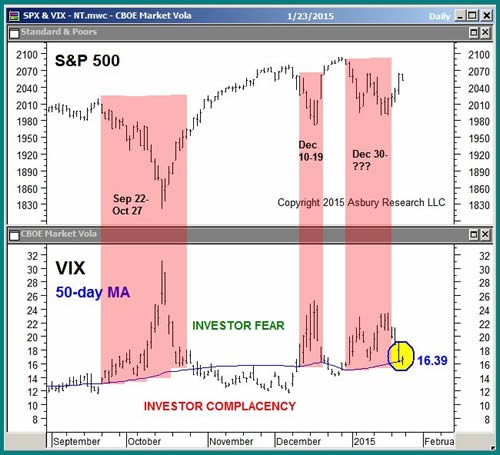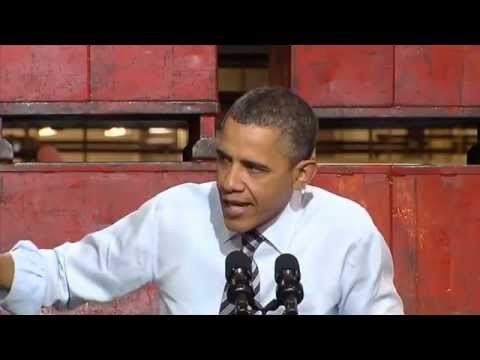More Volatility Ahead_2
Post on: 3 Июль, 2015 No Comment

Despite recent market swings, volatility is still very low by historic standards, suggesting that markets aren’t taking into account the prospect of bad news and that investors should prepare for more turbulence ahead.
Last week, rising geopolitical tensions finally derailed the 2014 rally.
Though U.S. stocks finished up for the week, the tragic downing of a Malaysian civilian airliner over Ukraine and worsening conflict in the Middle East sparked a market rout on Thursday that brought an unusually quiet period for financial markets to an end.
Since then, the market has been swinging between gains and losses, and investors should buckle up for more volatility ahead, as I write inmy new weekly commentary.
Why? Despite recent market swings,volatility is still very low by historic standards. Even at its peak on Thursday, equity market volatility, as measured by the VIX Index. only reached 15, roughly 25% below the long-term average, and by midday Monday, it was back down to around 13.
Low volatility suggests markets are complacent and not taking into account the prospect of bad news. Indeed, there is no shortage of potential triggers for more turbulence ahead.
To begin, geopolitical risk is clearly rising. If nothing else, last week’s tragedy in Ukraine demonstrated that the unrest in the eastern part of the country is far from over. Meanwhile, we are witnessing the continued fragmentation of Iraq and now a ground war between Israel and Hamas in Gaza.
In addition, investors should be mindful of conditions in credit markets. One of the major reasons volatility has been suppressed is linked to the unusually accommodative monetary policy of the Federal Reserve (Fed) and a very benign credit cycle. Should the Fed raise interest rates sooner than expected and foster a less accommodative regime, this would likely be associated with a further rise in volatility.
So while I still believe thatstocks can move higher during the remainder of the year. further gains are likely to be accompanied by more volatility.

What does this mean for investors? Even a modest pickup in volatility will feel different compared to the placid environment of the past several months. To prepare for such a market landscape, I believe investors should consider focusing on asset classes that offer some relative value, and that can help mitigate the impact of a market correction.
In particular,I like an equity mix geared toward U.S. large caps. particularly in energy and old tech, and I would avoid the momentum names in social media as well as a large exposure toretailers and consumer discretionary companies. Finally, I also still advocate bringing up international exposure, particularly in Asia.
Sources: BlackRock, Bloomberg
Russ Koesterich, CFA, is the Chief Investment Strategist for BlackRock and iShares Chief Global Investment Strategist. He is a regular contributor to The Blog and you can find more of his posts here .
International investing involves risks, including risks related to foreign currency, limited liquidity, less government regulation and the possibility of substantial volatility due to adverse political, economic or other developments. These risks often are heightened for investments in emerging/ developing markets or in concentrations of single countries.














